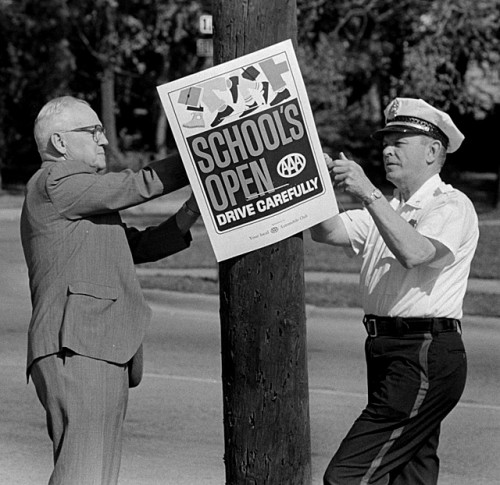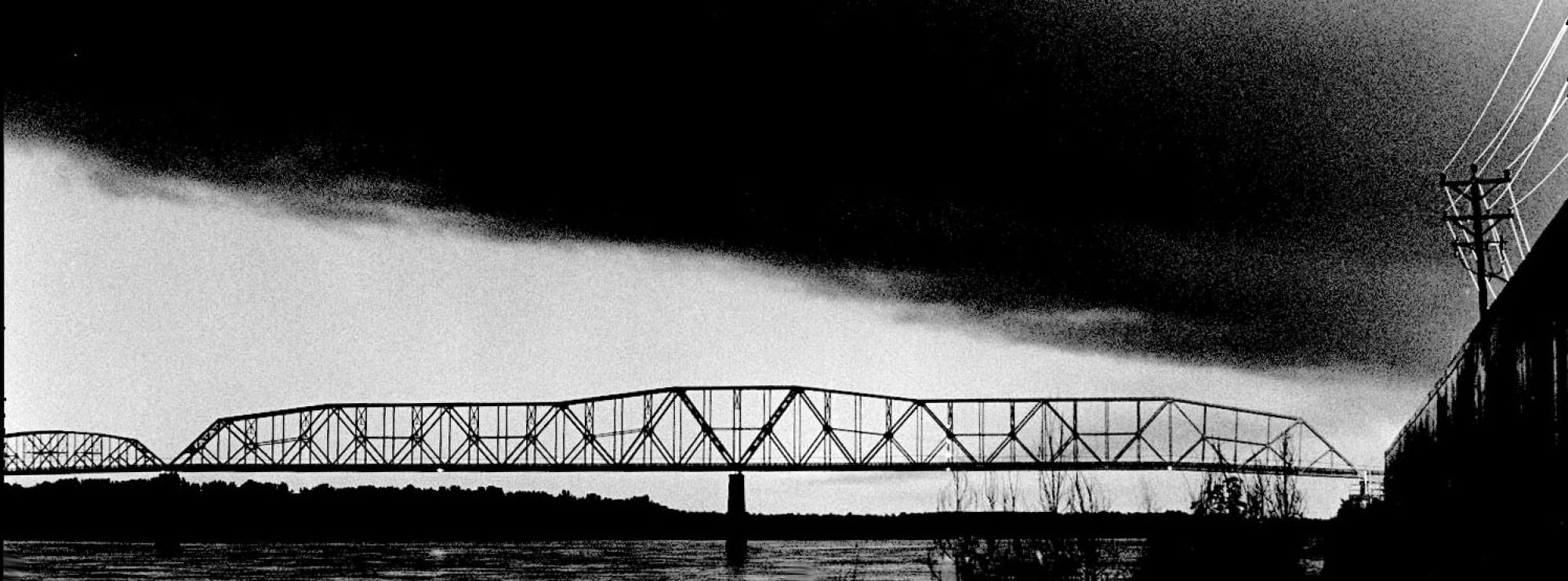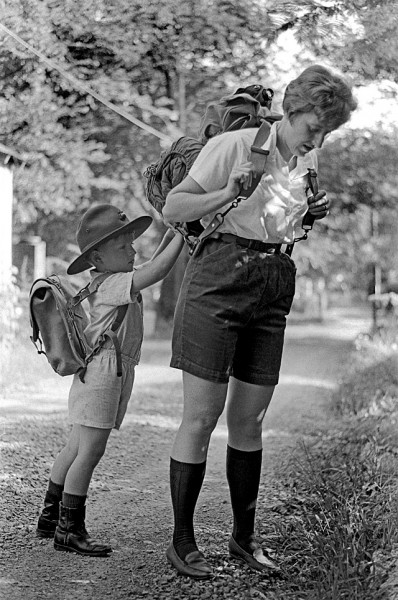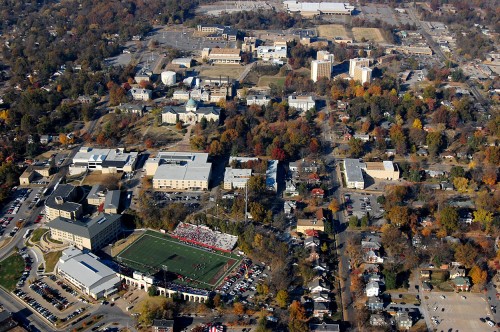 I worked with a sports editor once that would type up an assignment to shoot the most hackneyed, dull, uninteresting, contrived situation in the world, then, invariably, he would add the line that drove my photographers nuts: “Avoid Cliche Shot.”
I worked with a sports editor once that would type up an assignment to shoot the most hackneyed, dull, uninteresting, contrived situation in the world, then, invariably, he would add the line that drove my photographers nuts: “Avoid Cliche Shot.”
The guy must have played football before they invented helmets because no matter how much I talked to him, he couldn’t grasp the concept that a cliched situation is going to produce, at best, a technically proficient cliche shot. GRRRRRRRR!!!!
Grip ‘n’ grins taboo
At The Palm Beach Post, we managed to all but kill the “three-men-and-a-piece-of paper-grip-and-grin” shots, check-passings and ribbon cuttings by convincing organizations that photos of stuff REALLY happening would be more interesting. If the check was going to be used to feed kids at a day care center, we would go cover that instead of lining up some suits holding a fake big check and mugging the camera..
Since I was paid by the picture at The Missourian, my standards were a lot lower, but I still tried to get something not too embarrassing out of the obligatory school opening promo. At least I managed to drag Mayor J. Hugh Logan and Police Chief Irvin E. Beard outside to actually put up one of the 14,000 posters that were going to be plastered all over town as part of the 35th annual school safety drive.
As I read that, I have a hard time believing that there were 14,000 utility poles in Cape. I mean, the population of Cape was only about 25,000 on April 30, 1967, when this photo ran. Not only did they have 14,000 posters, but the photo caption said you could go by the police department to pick up a bumper sticker if you were so inclined.
Police Safety Review
 I thought this publication was really cool. Follow the link to see a summary, then click on the links on THAT page to see some cool, gory drawings. We kids of the 60s were taught there were serious consequences to not following the rules, not just including having it written down in your permanent record.
I thought this publication was really cool. Follow the link to see a summary, then click on the links on THAT page to see some cool, gory drawings. We kids of the 60s were taught there were serious consequences to not following the rules, not just including having it written down in your permanent record.







